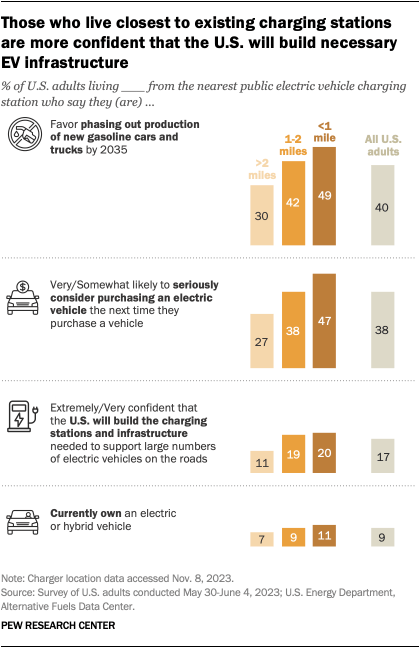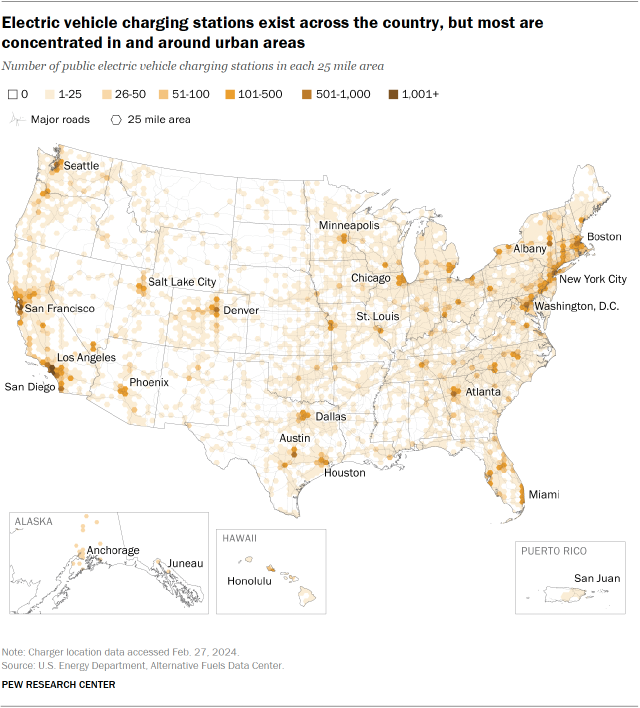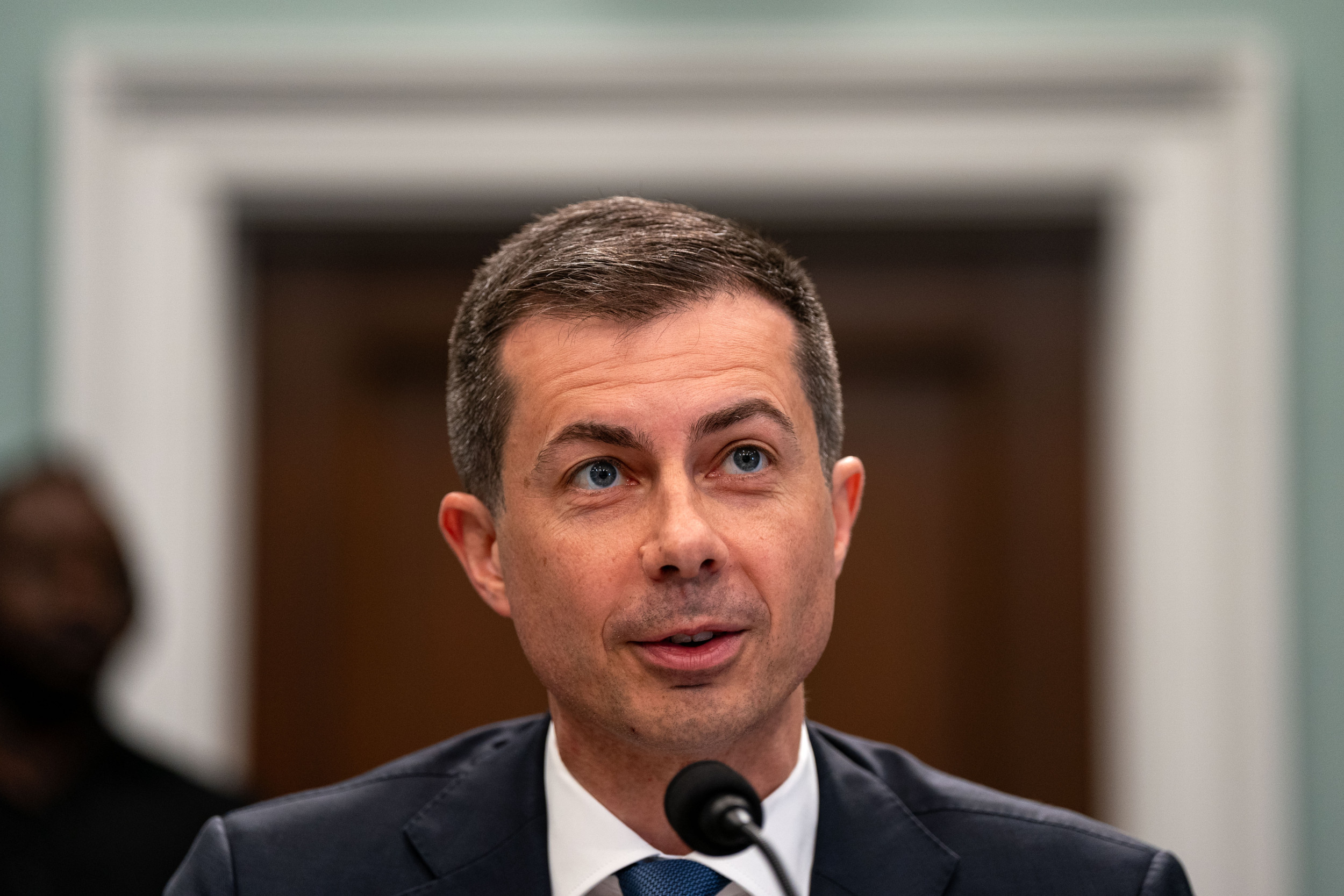
The rapid increase in electric vehicle sales in the U.S. is outpacing the growth of public charging infrastructure, posing a challenge to widespread EV adoption.
According to a study conducted by Pew Research Center, 64% of Americans live within 2 miles of a public charging station. The study, which surveyed 10,329 U.S. adults from May 30 to June 4, 2023, found that those who live closest to chargers view EVs more positively.
However, the growth in electric vehicle sales is far outpacing the growth of public charging infrastructure. In 2016, there were 7 electric cars for every public charger, but now there are over 20. This imbalance is creating a challenge for widespread EV adoption.
Tesla's Supercharger network, a key part of the EV infrastructure, recently faced a setback with the firing of its entire team. Despite most EV owners charging at home, public chargers are crucial for long trips and for those without home charging options.
Corey Cantor, senior associate for electric vehicles at BloombergNEF, stated that "You often hear about the chicken and the egg question between chargers and electric vehicles. But overall the U.S. needs more public charging."
The U.S. now has over 20 electric cars for every public charger, up from 7 per charger in 2016.
Recent laws, such as the 2021 Infrastructure Investment and Jobs Act and the 2022 Inflation Reduction Act, aim to encourage electric vehicle infrastructure development and EV adoption. Of the $7.5 billion allocated for electric vehicle charging in the Bipartisan Infrastructure Law, $5 billion is dedicated to building a network of chargers along major highways called the National Electric Vehicle Infrastructure program.
President Biden's goal is to have half a million chargers up by the end of this decade. However, utility work is involved in building each charger and it's a new category of federal investment. The Federal Highway Administration is working with each state to get formula dollars to do this work.
For those committed to reducing their carbon footprint, this issue creates a frustrating paradox: they want to support sustainable technology, but logistical hurdles make it difficult. The current infrastructure development is simply not fast enough to meet the burgeoning demand.





